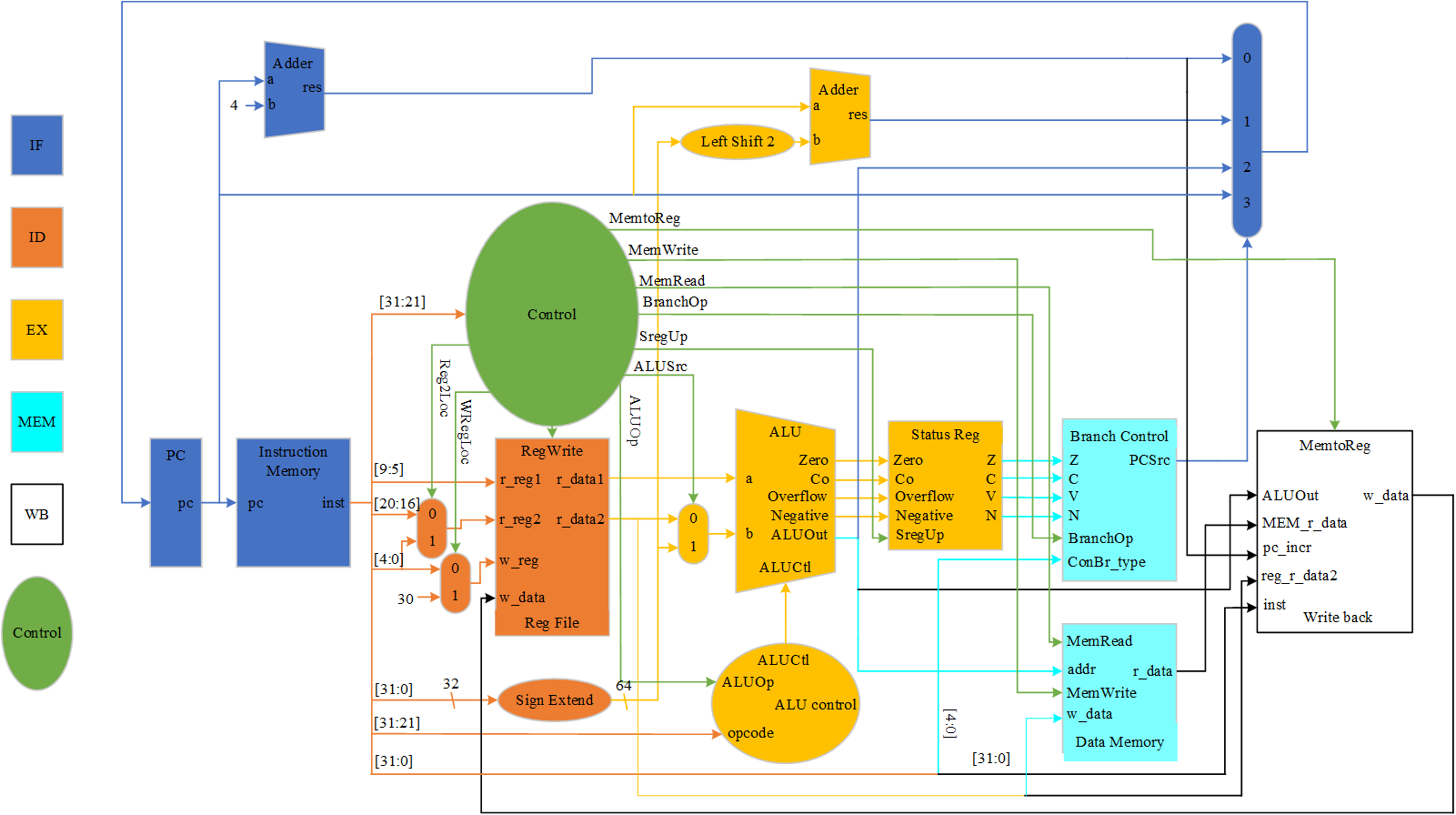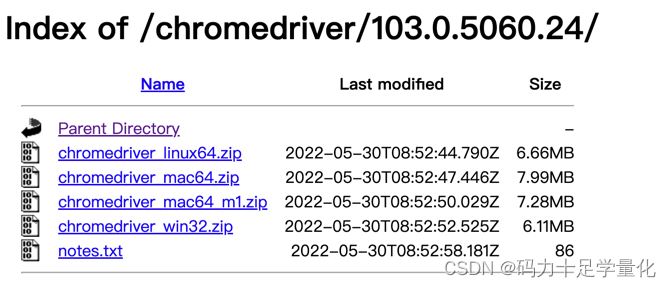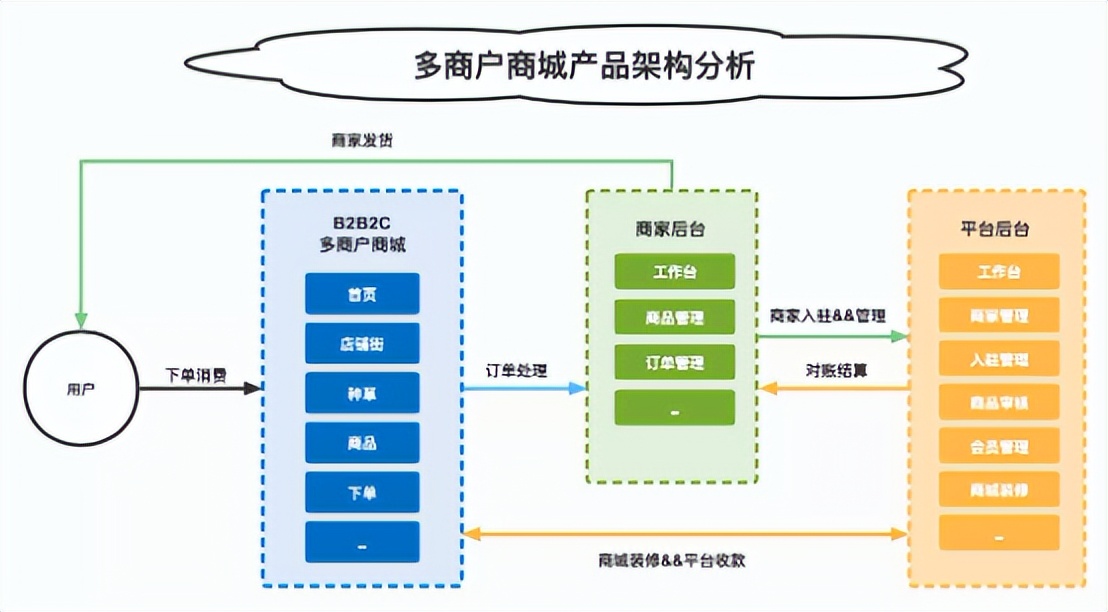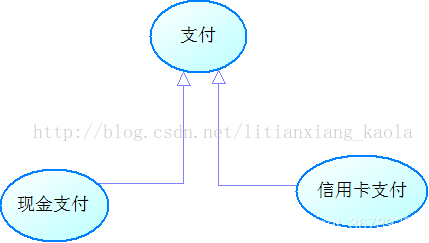当前位置:网站首页>Source code analysis of ArrayList
Source code analysis of ArrayList
2022-07-07 14:22:00 【LLAiden】
Preface
ArrayList It is a very common data storage class , In this article, we will learn about ArrayList The internal data structure of , Start with the constructor
structure
ArrayList<Object> arrayList1 = new ArrayList<>();
ArrayList<Object> arrayList2 = new ArrayList<>(10);
ArrayList<Object> arrayList3 = new ArrayList<>(arrayList1);Here is ArrayList Let's look down one by one at the three constructors of the source code
First, post the source code of the above parameter structure
transient Object[] elementData; // non-private to simplify nested class access
private static final Object[] DEFAULTCAPACITY_EMPTY_ELEMENTDATA = {};
public ArrayList() {
this.elementData = DEFAULTCAPACITY_EMPTY_ELEMENTDATA;
}It can be seen from the empty parameter structure ArrayList Array is used to store data , Just because we didn't add data here, we used one length by 0 Array of
public ArrayList(int initialCapacity) {
if (initialCapacity > 0) {
this.elementData = new Object[initialCapacity];
} else if (initialCapacity == 0) {
this.elementData = EMPTY_ELEMENTDATA;
} else {
throw new IllegalArgumentException("Illegal Capacity: "+
initialCapacity);
}
}This is a single parameter construction , You need to pass in the container length , An array will be created according to this length to store the data , Of course, this length is not fixed , When the maximum capacity is reached, we will see .
public ArrayList(Collection<? extends E> c) {
Object[] a = c.toArray();
// notes 1
if ((size = a.length) != 0) {
if (c.getClass() == ArrayList.class) {
// notes 2
elementData = a;
} else {
// notes 3
elementData = Arrays.copyOf(a, size, Object[].class);
}
} else {
// replace with empty array.
elementData = EMPTY_ELEMENTDATA;
}
}notes 1: take arrayList Of size The variable is set to the length of the passed array , After that, add data from this size++;
notes 2: If it's delivered ArrayList Just the one that will be delivered directly arrayList The array in is assigned to the current arrayList
notes 3: Yes, it will come in Collection Data in the array in copy To a new data and point this new data to the current ArrayList Medium elementData
Let's take a look ArrayList Addition, deletion and modification of
increase
public boolean add(E e) {
// This variable is mainly used to add or delete in iterators
// Making it not throw exceptions is not the focus we need to grasp this time, which can be ignored for the time being
modCount++;
add(e, elementData, size);
return true;
}
// Really add
private void add(E e, Object[] elementData, int s) {
// When s == elementData.length It means that the current data storage is full and needs to be expanded
if (s == elementData.length)
elementData = grow();
// Add data to the last digit
elementData[s] = e;
// After storing data , Maintenance of size+1
size = s + 1;
}
// Capacity expansion
private Object[] grow() {
return grow(size + 1);
}
// The concrete implementation of expansion
private Object[] grow(int minCapacity) {
int oldCapacity = elementData.length;
// notes 1
if (oldCapacity > 0 || elementData != DEFAULTCAPACITY_EMPTY_ELEMENTDATA) {
// notes 2
int newCapacity = ArraysSupport.newLength(oldCapacity,
minCapacity - oldCapacity, /* minimum growth */
oldCapacity >> 1 /* preferred growth */);
// notes 3
return elementData = Arrays.copyOf(elementData, newCapacity);
} else {
// notes 4
return elementData = new Object[Math.max(DEFAULT_CAPACITY, minCapacity)];
}
}
Let's focus on what the expansion function does
notes 1: Judge whether it is currently constructed with null parameters ArrayList And the data has not been added. If yes, it will be executed back to the comment 4
notes 2: Here is to calculate the length to be expanded , This expansion rule is to expand the capacity at least 1, Usually, the capacity is expanded to the previous capacity 1.5 times
notes 3: Here is the data in the previous array copy In the new array and points to the new array
notes 4: This line of code will arrayList Expand the array in to 10 The length of
Adding data at a specified location is also a common method , Go straight to source
public void add(int index, E element) {
// Check whether the position to be inserted is legal
// If at present size = 10, The location of the data to be inserted is 11 At this time, it is illegal to throw an exception
rangeCheckForAdd(index);
modCount++;
final int s;
Object[] elementData;
// Determine whether capacity expansion is needed
// Join in ArrayList Of Size = 10, In this function index Also equal to 10 At this time, we need to expand the capacity
if ((s = size) == (elementData = this.elementData).length)
elementData = grow();
// notes 1
System.arraycopy(elementData, index,
elementData, index + 1,
s - index);
// Add data to the specified location
elementData[index] = element;
size = s + 1;
}Let's focus on the notes 1
Insert data at specified location , The witty little friend will think whether the data of the original location has been covered , Seeing this line of code, I believe you have a clear idea
Here we will start with the incoming subscript ,size Move back a position after finishing the data to make index The position is empty for new data to be inserted .
Delete
public boolean remove(Object o) {
final Object[] es = elementData;
final int size = this.size;
int i = 0;
found: {
if (o == null) {
for (; i < size; i++)
if (es[i] == null)
break found;
} else {
for (; i < size; i++)
if (o.equals(es[i]))
break found;
}
return false;
}
fastRemove(es, i);
return true;
}
public E remove(int index) {
Objects.checkIndex(index, size);
final Object[] es = elementData;
@SuppressWarnings("unchecked") E oldValue = (E) es[index];
fastRemove(es, index);
return oldValue;
}
There are two ways to delete , Method 1 Delete for the specified object , Compare whether the objects are equal by traversal. If they are equal, set the data of this position null Operate and move the subsequent data one bit forward , And set the last data to null And size -1
The second method is to directly set the corresponding position to null, And move the subsequent data forward one bit , And set the last data to null And size -1
modify
public E set(int index, E element) {
Objects.checkIndex(index, size);
E oldValue = elementData(index);
elementData[index] = element;
return oldValue;
}It is simpler to modify. Set the element at the specified position as a new element without moving other elements
Inquire about
public E get(int index) {
Objects.checkIndex(index, size);
return elementData(index);
}
E elementData(int index) {
return (E) elementData[index];
}The query operation is to judge whether the subscript of the data to be retrieved is legal , If it goes beyond size -1 Throw out
outOfBoundsCheckIndex, If it is legal, take out the data directly through subscript
summary
In the source code, we see ArrayList Add, delete, and modify the operations done in the query , We will find that intermediate insertion or deletion of data will trigger the operation of data displacement , Adding a lot of data will make ArrayList Frequent capacity expansion operations will have an impact on performance , Therefore, we should try to avoid using ArrayList
边栏推荐
- Assign a dynamic value to the background color of DataGrid through ivalueconverter
- Excuse me, does PTS have a good plan for database pressure measurement?
- Seven propagation behaviors of transactions
- Leetcode - Sword finger offer 05 Replace spaces
- 搜索框效果的实现【每日一题】
- 小程序目录结构
- The difference between memory overflow and memory leak
- Million data document access of course design
- C # switch pages through frame and page
- Docker deploy Oracle
猜你喜欢

一个简单LEGv8处理器的Verilog实现【四】【单周期实现基础知识及模块设计讲解】

GAN发明者Ian Goodfellow正式加入DeepMind,任Research Scientist

Selenium Library

CVPR2022 | 医学图像分析中基于频率注入的后门攻击

Démontage de la fonction du système multi - Merchant Mall 01 - architecture du produit

Codes de non - retour à zéro inversés, codes Manchester et codes Manchester différentiels couramment utilisés pour le codage des signaux numériques

Redis 核心数据结构 & Redis 6 新特性详

Vscode configuration uses pylint syntax checker

Use case diagram

UML 状态图
随机推荐
PERT图(工程网络图)
Leetcode——剑指 Offer 05. 替换空格
call undefined function openssl_ cipher_ iv_ length
c#通过frame 和 page 切换页面
最长上升子序列模型 AcWing 1012. 友好城市
How does MySQL control the number of replace?
Parameter keywords final, flags, internal, mapping keywords internal
杭电oj2092 整数解
IP and long integer interchange
Leetcode——236. The nearest common ancestor of binary tree
Vmware 与主机之间传输文件
The longest ascending subsequence model acwing 1014 Mountaineering
请问,我kafka 3个分区,flinksql 任务中 写了 join操作,,我怎么单独给join
Search engine interface
Codes de non - retour à zéro inversés, codes Manchester et codes Manchester différentiels couramment utilisés pour le codage des signaux numériques
SSRF vulnerability file pseudo protocol [netding Cup 2018] fakebook1
ndk初学习(一)
Reverse non return to zero code, Manchester code and differential Manchester code of common digital signal coding
手里的闲钱是炒股票还是买理财产品好?
3D detection: fast visualization of 3D box and point cloud